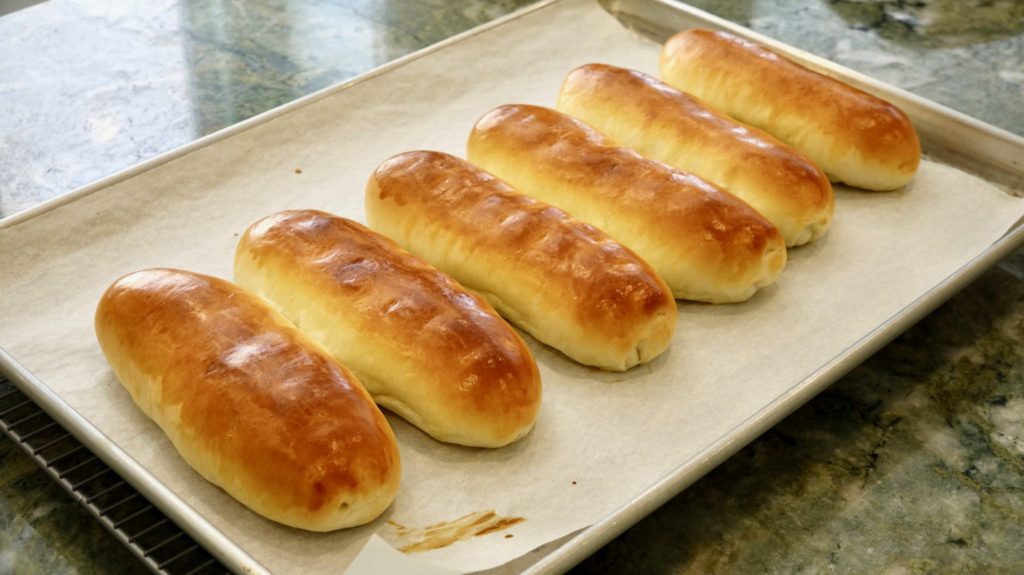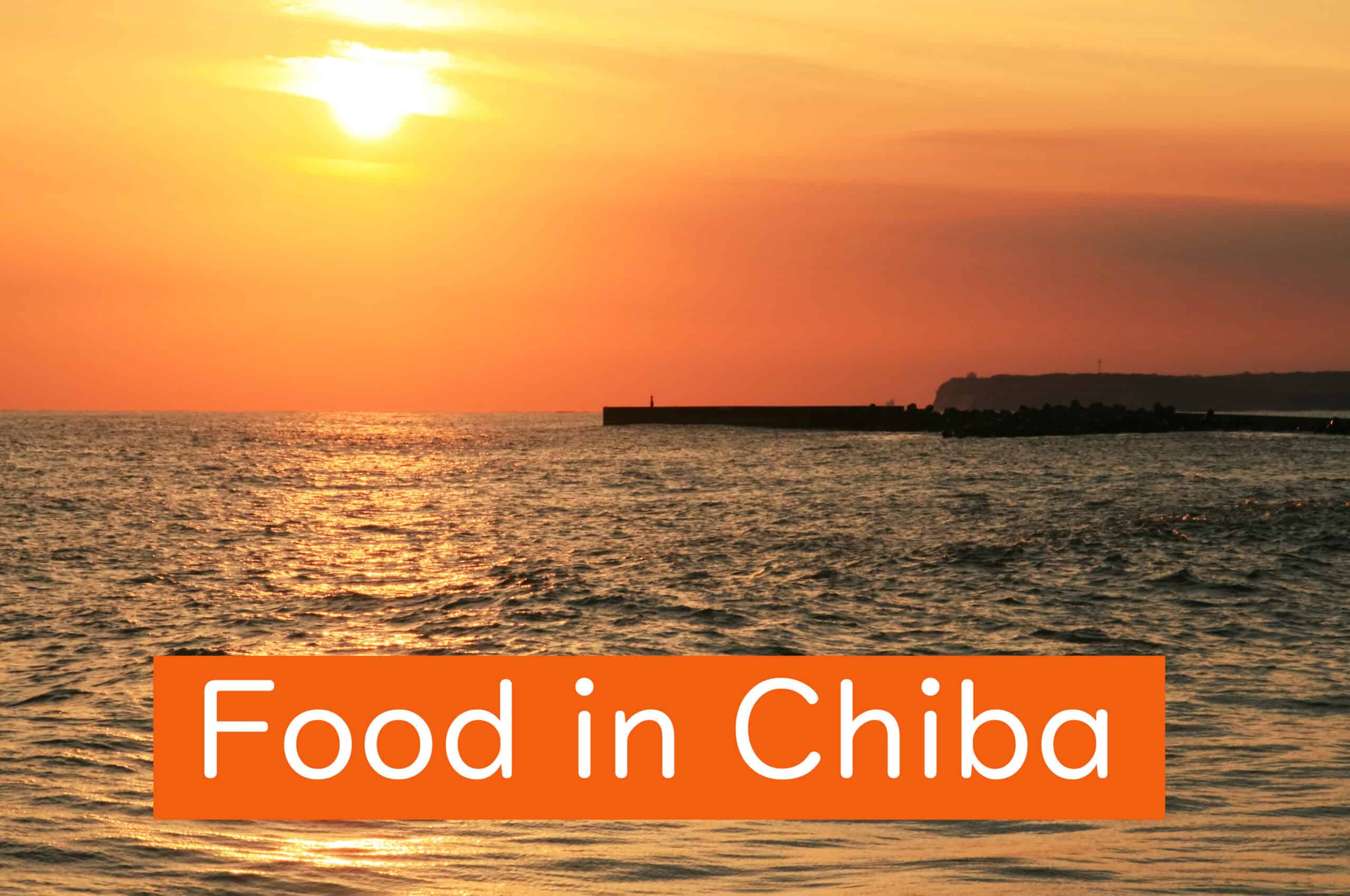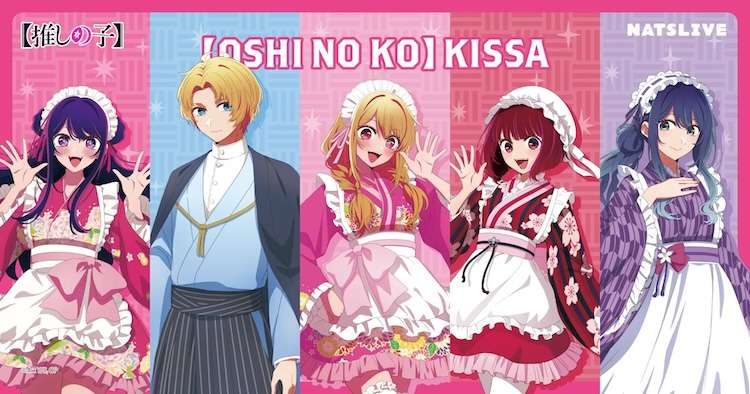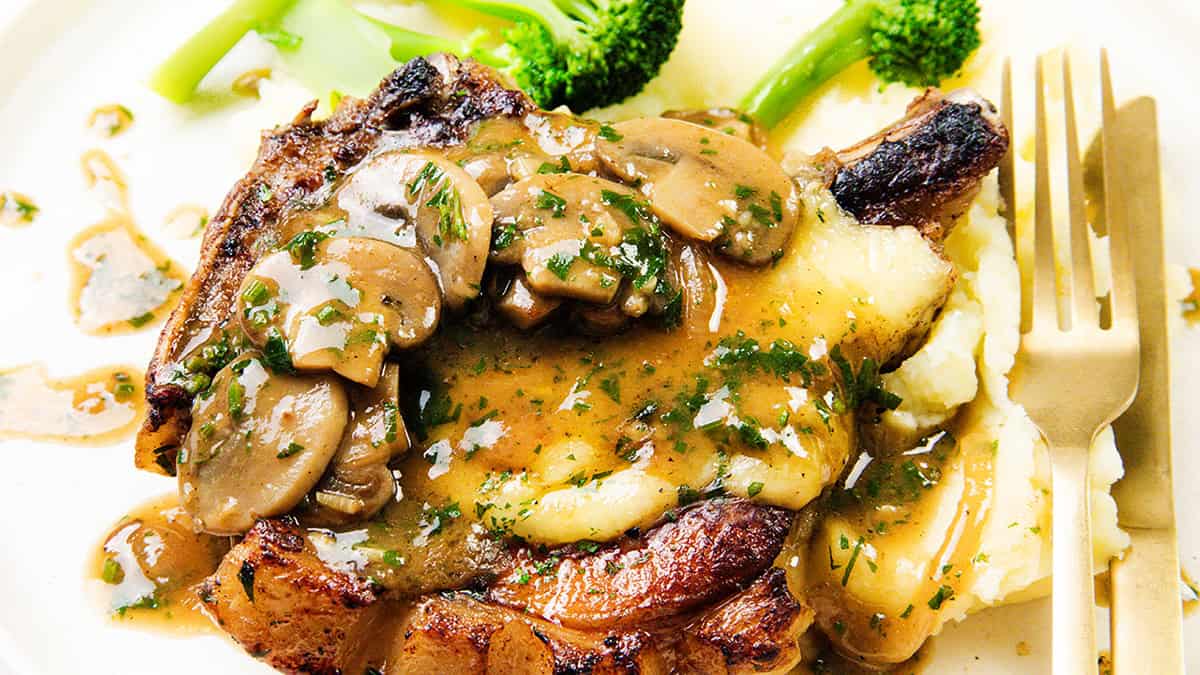“Do you have any shin-cha?” the older gentleman to my left asked in a thick Hakata dialect.
I had just bought some first harvest tea myself from my favorite tea shop and was waiting for it to be wrapped.
“Yes, we just received a shipment of chiran-cha (tea from the Chiran region of Kagoshima Prefecture) yesterday. Would you like to sample a cup?” the cashier replied.
She was already preparing to scoop some fresh tea leaves into a yokode kyusu (single-sided handle Japanese teapot).
Mid-scoop, the man interjected, “What about tamaryokucha?”
“I'm sorry, we just sold the last one. But we have…”
It was too late. With no more than a grunt, he brushed by the couple behind him on his way elsewhere in search of his drink of choice.
In hushed tones, one of them said to the other, “What's tamaryokucha?”
How green tea took root in Japan

This is all that remains of Saga Prefecture’s Ryosenji, an important site in the history of tea in Japan. Image: Krkrkrme/CC BY-SA 4.0
Trying not to draw attention to myself as I eavesdropped, I picked up a small pamphlet on display. As well as offering steeping instructions, it also gave a quick history of tea in Japan.
Tea was introduced to Japan via China at the turn of the ninth century. But, cultivation was very limited and drinking tea remained primarily among Buddhist monks and some members of the imperial court. Ultimately, interest died out before long.
Fast forward to the late 12th century and the pilgrimages of Eisai, a Zen Buddhist monk. He too returned to Japan with tea, this time in the form of tea plant seeds. On the borderlands of present-day Saga and Fukuoka Prefectures on Mount Sefuri, Eisai planted several seeds on the grounds of Ryosenji.
Kyoto and Uji were next to cultivate tea, but this time in the first large-scale plantations. Over the centuries, tea production spread to a few other areas, namely Shizuoka and Kagoshima. Sen no Rikyu began to formalize the Japanese tea ceremony in the 16th century and matcha became the drink of choice among the samurai class. Sencha was later developed in the 18th century. Over 100 years later, tea farmers began to produce wakoucha (Japanese black tea) which gained a following overseas and accounted for nearly two-thirds of all tea exports in 1955.
These days, you're likely to find some other well-known teas, including houjicha (roasted green tea), genmaicha (roasted brown rice tea) or even gyokuro, a premium-grade green tea.
What is 'tamaryokucha'? Steep yourself in this rare green tea

Tea preparation in Song Dynasty China before the invention of pan-firing tea leaves. Image: LIu Songnian/Public domain
In the end, the couple was won over by the chiran-cha sample and bought a bag as well as some matcha-flavored ice cream for the road. Meanwhile, another store clerk placed a sold-out sign where tamaryokucha would normally be found.
In case you didn’t notice, tamaryokucha isn’t usually on lists of the greatest hits of Japanese teas. And despite Japan’s reputation as a consumer paradise, you probably won’t find it among the many offerings at most tea shops in Japan. Here’s why: tamaryokucha makes up only about three percent of the country’s total tea production with the vast majority originating from Saga’s Ureshino area.
There are two types of tamaryokucha: kama-iri-sei (pan-fired) and mushi-sei (steamed). Out of the two, the steamed variety is by far the most common.
Kama-iri-sei tamaryokucha
Rather than using steam to heat dry tea leaves, kama-iri-sei tamaryokucha depends on a kama (an iron pot or pan) to roast them in a process developed during China’s Ming Dynasty (1368-1644). Next, they are rubbed before drying. The pan-fired variety is marked by its more nutty and earthy notes at the heart of a fuller tasting tea. These days, less than one percent of teas in Japan are pan-fired.
Mushi-sei tamaryokucha
The origins of mushi-sei tamaryokucha go back to the 1920s. Looking for new markets to export its tea, Japan turned to the Soviet Union which had been buying Chinese pan-fired tea. Creating a steam-powered process to increase productivity, but with similarly curly and tasty results, Japan began to export mushi-sei tamaryokucha in high volume to the Soviet Union. Shizuoka quickly became the nation’s leading producer, pumping out almost 8,000 tons between 1934 and 1941 and dwarfing Kyushu’s collective output.
To make mushi-sei tamaryokucha, you first steam dry tea leaves at a high temperature while removing condensation as it appears. This process is repeated until, finally, the leaves are left to dry into their characteristically curly shape. Sencha and other green teas are also steamed, but mushi-sei tamaryokucha is steamed for a longer duration. The result is relatively less astringency and rich flavor that can handle being steeped in 80 to 90-degree water for about a minute.
Just because it's a relatively rare tea doesn't mean tamaryokucha is impossible to find. Nor does it mean you’ll have to pay a premium price.
Where to buy tamaryokucha in Japan or online

Nagasaki Prefecture’s Sonogi region is home to one of 2024’s best Japanese teas. Image: ゆう/Pixta
Most big supermarket chains don’t stock it on the shelves, but you can find some tamaryokucha sourced from Ureshino and Miyazaki Prefecture in Aeon and OK’s online inventories. Aeon Kyushu Online carries tamaryokucha from Nagasaki’s Sonogi region. But, while these may be the most convenient options, they can’t beat the quality of tamaryokucha sold from dedicated tea shops and cultivators.
Founded in 1936, Haraguchien is my go-to for tamaryokucha sourced from Ureshino. With only three stores (all located in Fukuoka) that spotlight teas mainly from Ureshino, Yame (Fukuoka) and Chiran (Kagoshima), it’s a local small business with deep roots in southern Japanese tea culture.
If you want one of the best tamaryokucha around, look no further than Ikeda Cha-en who earned Platinum prizes at the prestigious 2024 Nihoncha Awards. Located in Sonogi, they’ve made the underdog tea region proud after being selected out of a field of more than 500 teas of all types.
Curious to try pan-fired tamaryokucha? Although Ikeda Noen is a small-scale production, they’ve been in operation since 1907 and produce my favorite version, complete with a refreshing taste and unmistakable roasted aroma.
Tamaryokucha in modern Japanese sweets and treats
While the number of tamaryokucha-infused treats on the market is far from the near-monopoly that matcha holds, a few retailers offer alternate ways to savor its rich flavor. Fraglace, a company specializing in organic craft ice cream, offers tamaryokucha-infused scoops along with others featuring tea as key ingredients. Over in Shimane Prefecture, a tea shop named Chadonya sells roll cakes baked with tamaryokucha.
Start your day with a cup of tamaryokucha

Ureshino may not be a household name, but it’s the largest producer of tamaryokucha in the country and the origin of my breakfast tea. Image: kattyan/Pixta
“I apologize for the wait. Here’s your tamaryokucha,” the tea store clerk said as she handed me my bag.
I thanked her and headed home.
Before breakfast the next day, I made myself a pot, steeped in 75 degree water for about 50 seconds for that full-bodied flavor with a touch of sweetness. As the morning wore on, I re-steeped it once or twice more for a little longer, each cup getting a little mellower, revealing faint nutty notes.
Some people need to start their day with a cup of coffee. While I'm not one of those people, I get it — just like I understand the plight of the older gentleman. Like me, I hope he finally found his rare cup in a sea of green.
© Japan Today











 English (US) ·
English (US) ·